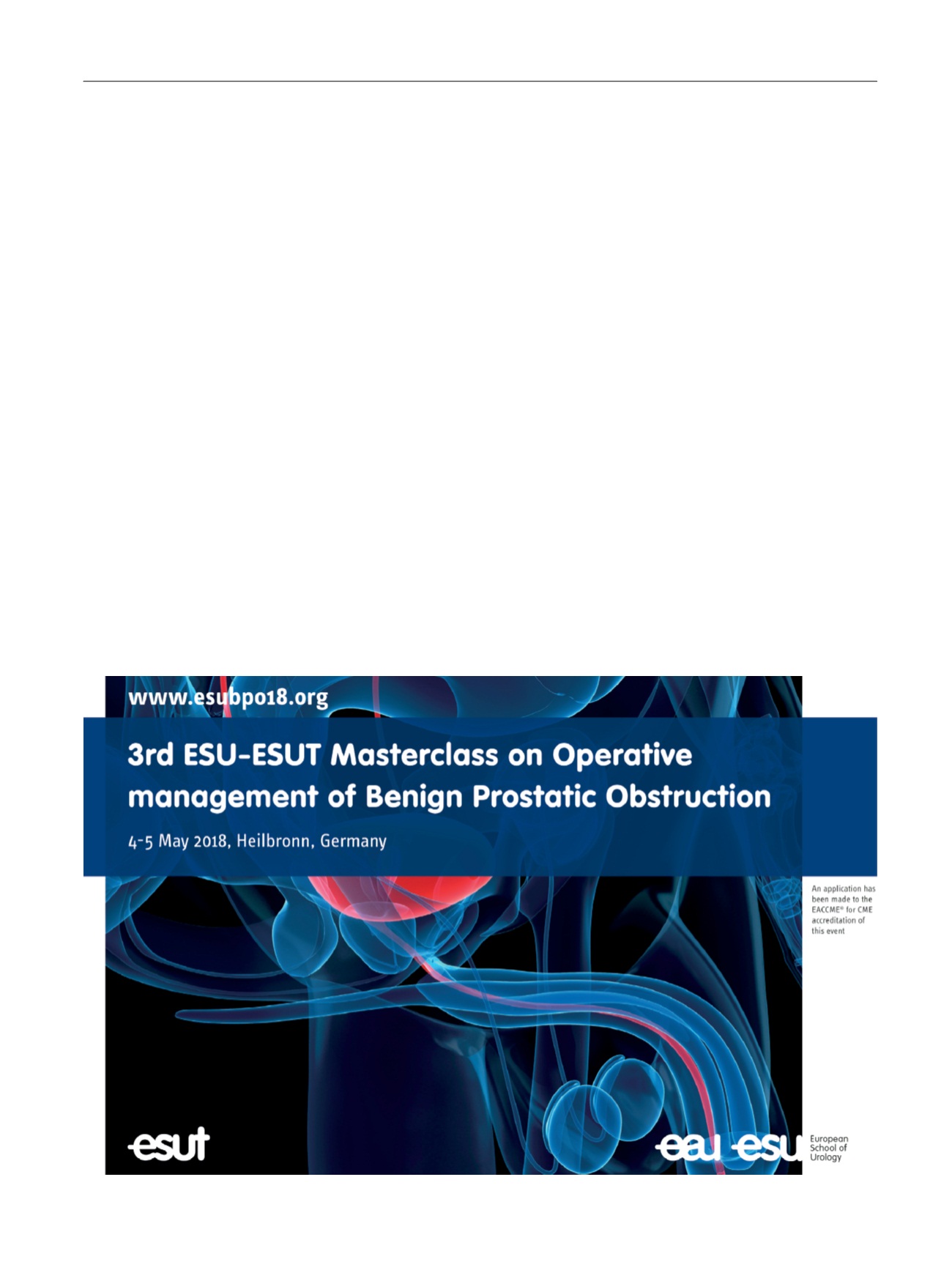

[12]
Chen YT, Tuan LP, Chen HW, et al. Quantitative analysis of prostate specific antigen isoforms using immunoprecipitation and stable isotope labeling mass spectrometry. Anal Chem 2015;87:545.
[13]
Llop E, Ferrer-Batalle´ M, Barrabe´s S, et al. Improvement of prostate cancer diagnosis by detecting PSA glycosylation-specific changes. Theranostics 2016;24:1190–204.
[14]
Stovsky M, Ponsky L, Vourganti S, et al. Prostate-specific antigen/ solvent interaction analysis: a preliminary evaluation of a new assay concept for detecting prostate cancer using urinary samples. Urology 2011;78:601–5.[15] National Cancer Institute. EDRN standard operating procedures
(SOP).
https://edrn.nci.nih.gov/resources/standard-operating- procedures/standard-operating-procedures .[16]
Vickers AJ, Elkin EB. Decision curve analysis: a novel method for evaluating prediction models. Med Decis Making 2006;26:565–74.
[17]
Ankerst DP, Hoefler J, Bock S, et al. Prostate Cancer Prevention Trial Risk Calculator 2.0 for the prediction of low- vs high-grade prostate cancer. Urology 2014;83:1362–8.
[18]
Stattin P, Vickers AJ, Sjoberg DD, et al. Improving the specificity of screening for lethal prostate cancer using prostate-specific antigen and a panel of kallikrein markers: a nested case control study. Eur Urol 2015;68:207–13.
[19]
Parekh DJ, Punnen S, Sjoberg DD, et al. A multi-institutional prospective trial in the USA confirms that the 4Kscore accurately identifies men with high-grade prostate cancer. Eur Urol 2015;68: 464–70.
[20]
Loeb S, Sanda MG, Broyles DL, et al. The Prostate Health Index (PHI) selectively identifies clinical-significant prostate cancer. J Urol 2015; 193:1163–9.E U R O P E A N U R O L O G Y 7 2 ( 2 0 1 7 ) 9 4 2 – 9 4 9
949
















